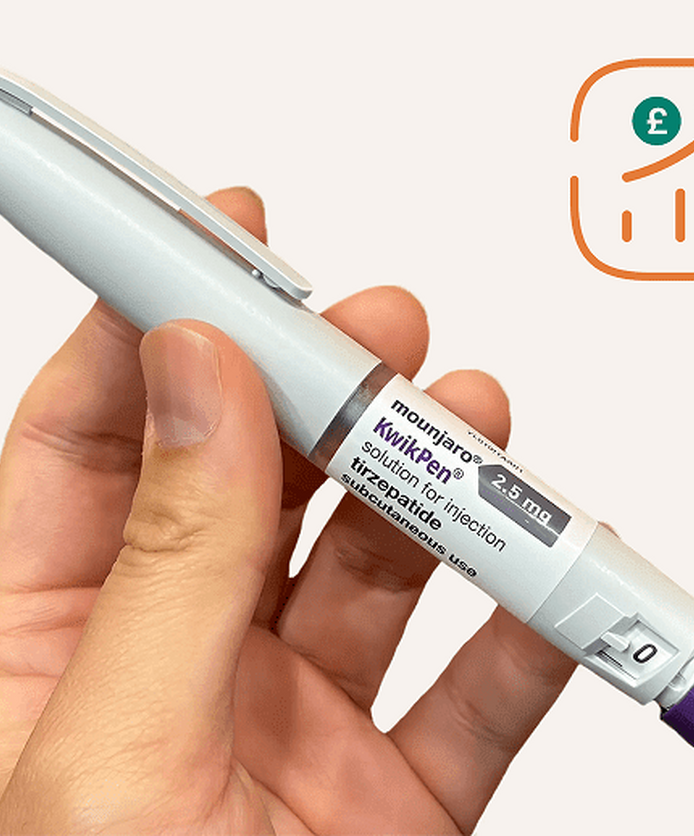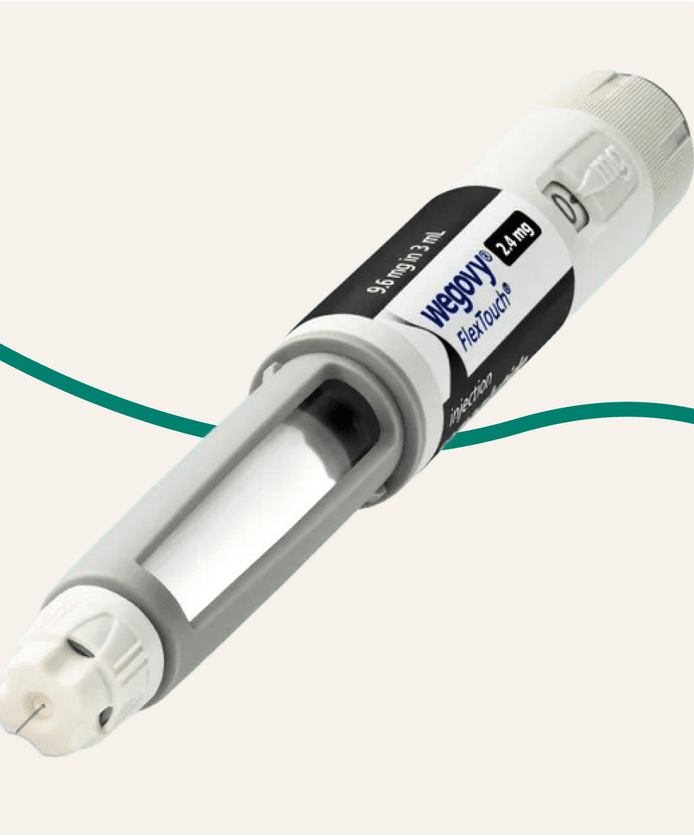- Home
- Online Doctor
- Anti-Malaria
- Malarone Tablets
Frequently asked questions
-
What conditions do Malarone Tablets help prevent?
Malarone Tablets are specifically designed to prevent malaria, a life-threatening disease transmitted by infected mosquitoes in high-risk tropical and subtropical regions. The combination of atovaquone and proguanil effectively targets the malaria parasite, making Malarone a reliable choice for travelers seeking comprehensive malaria prevention.
-
How often should I take Malarone Tablets?
You should take one Malarone tablet daily, beginning 1-2 days before entering a malaria-endemic area. Continue taking it every day during your stay and for 7 days after leaving the area. This consistent dosing ensures the medication remains effective in preventing malaria throughout your travels.
-
Are Malarone Tablets safe for children?
Malarone is safe for children, with a pediatric formulation available. The dosage for children is based on their weight, so it's essential to consult a healthcare professional for the appropriate dosing. This makes Malarone a trusted option for families traveling to malaria-prone regions.
-
Can I take Malarone Tablets with other medications?
Malarone can interact with other medications, so it's crucial to consult a healthcare professional before combining it with other drugs, especially other anti-malarial medications or those affecting liver function. Proper guidance ensures Malarone’s effectiveness while minimising potential risks.
-
What should I do if I experience side effects from Malarone Tablets?
Common side effects of Malarone may include nausea, vomiting, and headaches. If these side effects occur, continue taking the medication and inform your doctor. For severe symptoms such as allergic reactions or severe skin rashes, discontinue use and seek immediate medical attention to ensure safety during malaria prevention.
Latest Articles

Written by Sobia Qasim, Reviewed by Usma Parveen -
21st August 2025
What to Do About the Mounjaro Price...

Written by Sobia Qasim, Reviewed by Usma Parveen -
21st August 2025
Does Propecia work?

Written by Sobia Qasim, Reviewed by Usma Parveen -
18th August 2025
Switching from Mounjaro to Wegovy:...

Written by Sobia Qasim, Reviewed by Usma Parveen -
15th August 2025
What are the side effects of Propecia?

Written by Sobia Qasim, Reviewed by Usma Parveen -
25th July 2025
What is Propecia?

Written by Sobia Qasim, Reviewed by Usma Parveen -
25th July 2025
